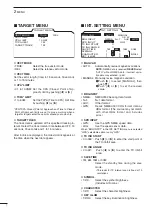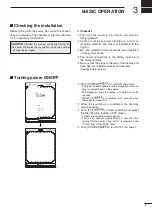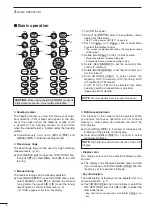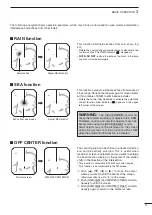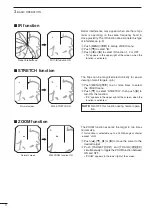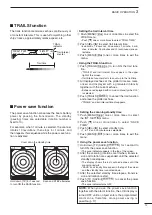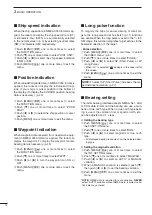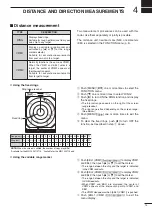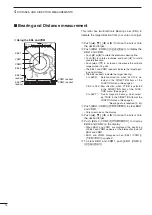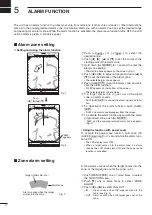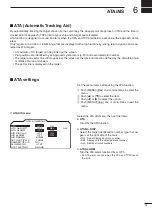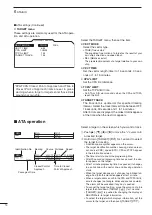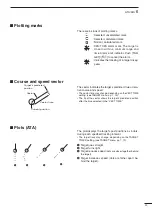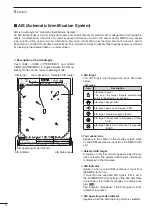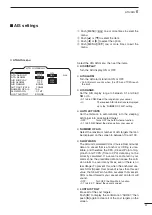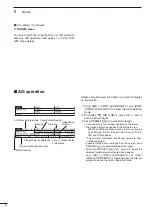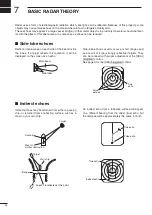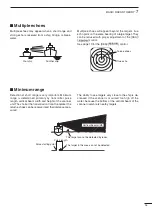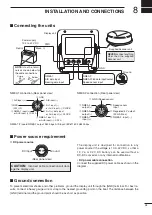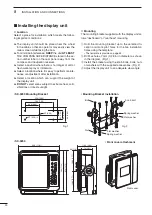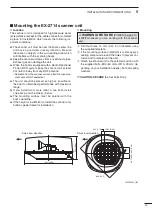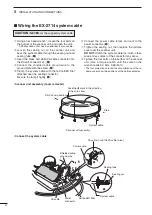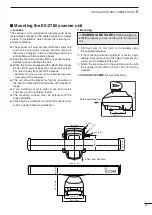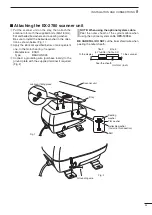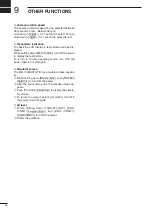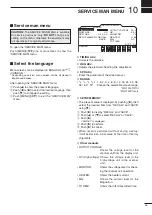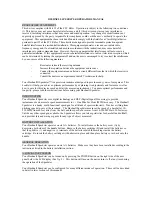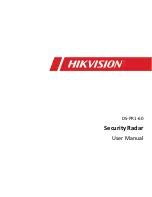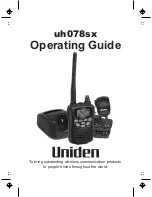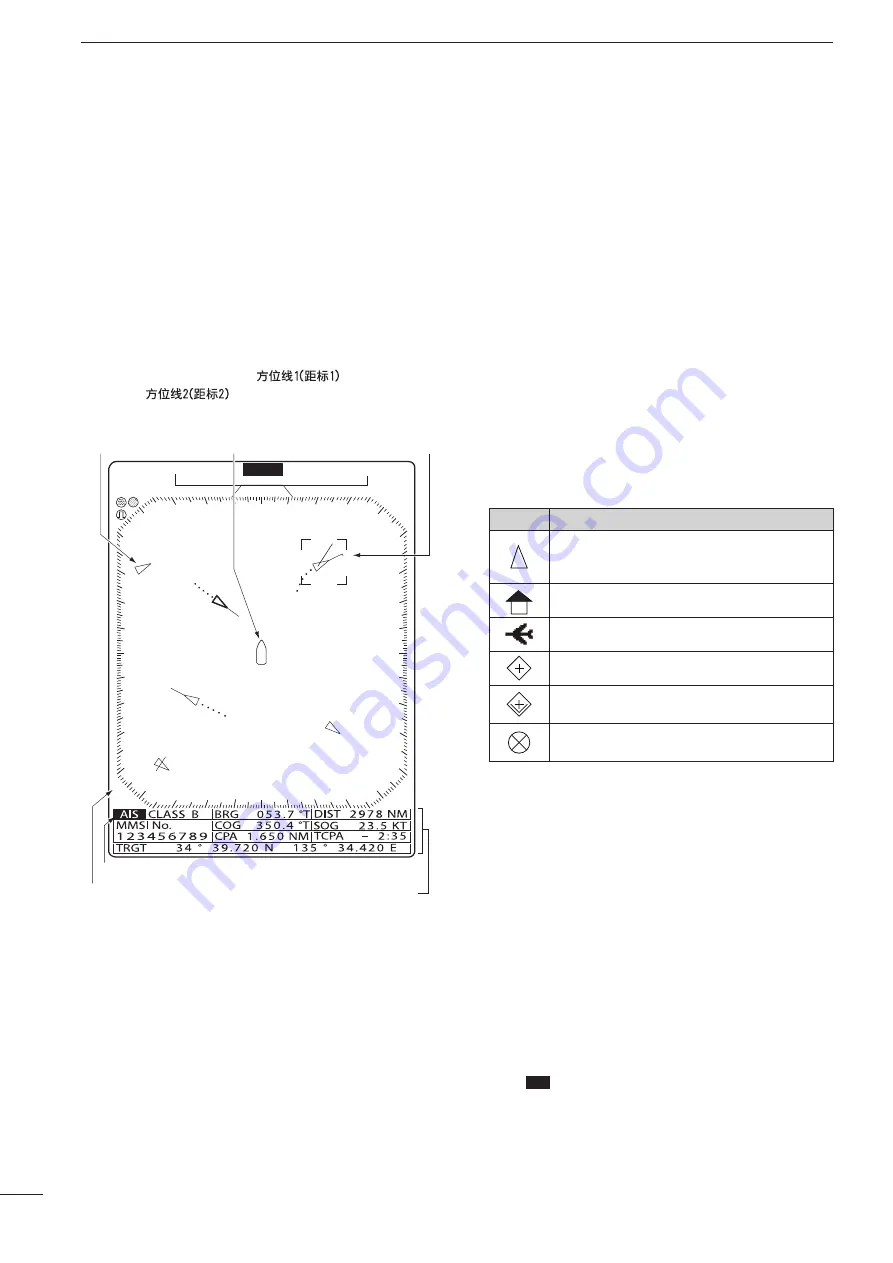
21
6
ATA/AIS
■
AIS (Automatic Identification System)
D
Description of the AIS display
Push [EBL1 (VRM1)]/[
] and [EBL2
(VRM2)]/[
] to toggle between the AIS op-
erating mode and the normal operating mode.
1
(0.25)
T.VECT 6M
0.000NM
NM
CURS
SOG
17.7KT
H UP
000.0˚T
253.4˚T
HDG
STBY
IR
COMPASS
GPS
AIS
AIS indicator
AIS target
Selected AIS target
Your vessel icon
AIS data area
AIS operating mode indicator
AIS target
The AIS targets are displayed the icons described
below.
• AIS icons
Icon
Description
AIS target: Vessel
The tip of the target triangle automatically
points in the direction it’s heading.
AIS target: Base Station
AIS target: Search and Rescue (SAR)
AIS target: Aids to Navigation (AtoN)
AIS target: Vertual Aids to Navigation (Virtual
AtoN)
AIS target: Search and Rescue Transponder
(SART)
Your vessel icon
Appears in the center of the standby screen when
a valid VDM sentence is input from the NMEA (AIS)
port.
Selected AIS target
A square of only four corners appears when the tar-
get is selected. The selected AIS target’s information
is displayed in the data area.
AIS indicator
Appears when a valid VDM sentence is input from
the NMEA (AIS) port.
If more than the specified AIS signals that is set in
the “NUMBER OF AIS” setting of the ATA AIS menu
are received, this indicator changes to a reverse dis-
play (
AIS
).
The indicator disappears if the AIS signal is inter-
rupted for 6 minutes.
AIS operating mode indicator
Appears when the AIS operating mode is selected.
AIS is an acronym for “Automatic Identification System.”
An AIS transponder is a short range data radio unit, used primarily for collision-risk management and navigation
safety. It automatically transmits and receives vessel information such as the vessel name, MMSI code, vessel
type, position data, speed, course, destination and more. Information is exchanged among the vessels and/or
base stations on the VHF maritime mobile band. The information helps to identify other nearby vessels or stations
by displaying the received data on a radar screen.

